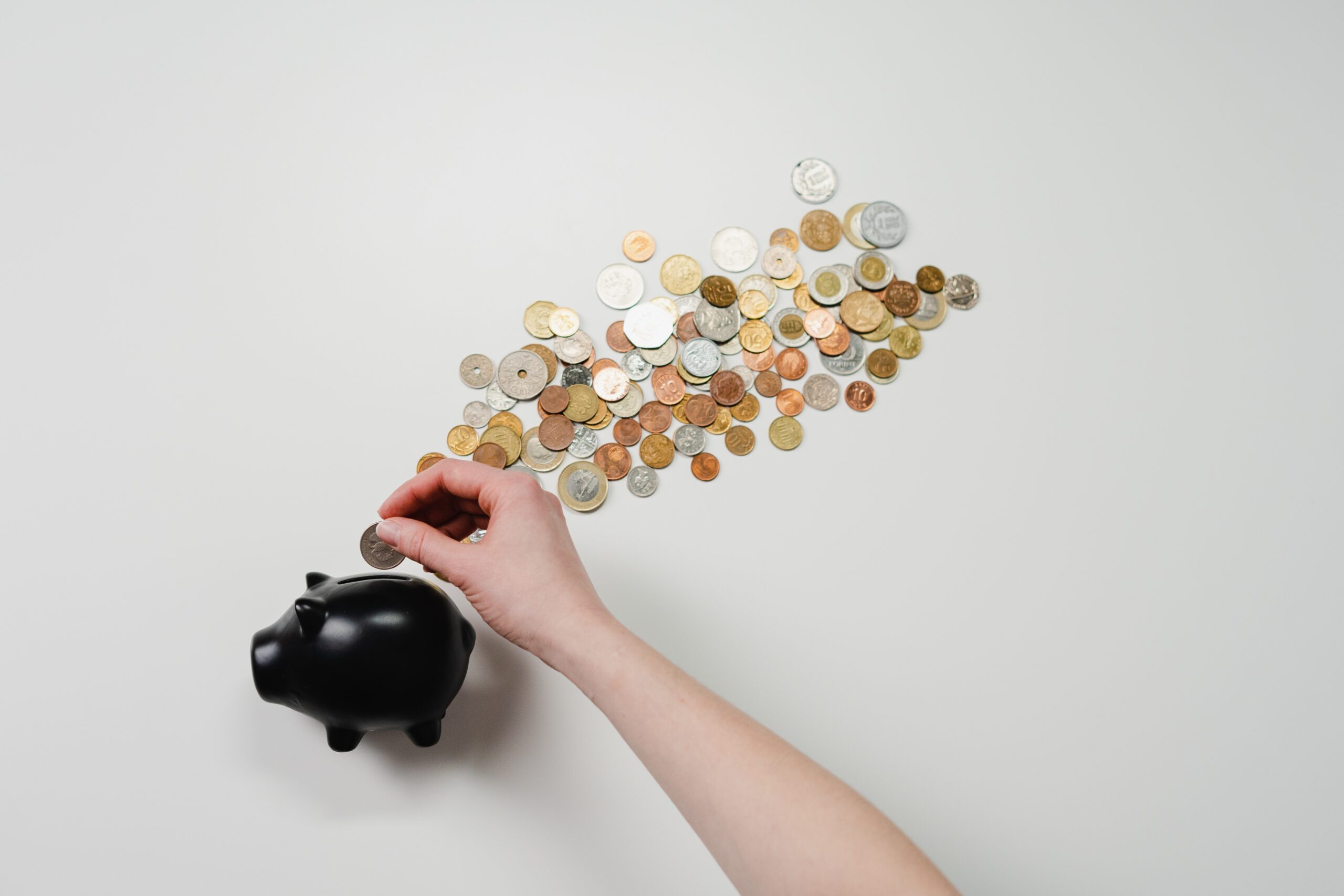
Far from being the realm of the rich, building an investment portfolio and start investing is something that most people can do. It can start as a simple savings plan – a few dollars in the bank – before expanding into a diversified portfolio containing a range of asset classes.
Getting started is easier than you think, so let’s look at some of the basics.
How do my goals influence investment choice?
Your goals have a big bearing on how you invest.
If you are saving for a specific purpose such as an overseas trip, a car or a home deposit, you’ll most likely have a relatively short investment time frame and will want your savings to grow in a predictable way. In this case an interest-bearing bank account or term deposits will provide the greatest certainty of meeting your savings goal. You start with a few dollars with no upfront costs.
If you have a longer timeframe and the desire for your investments to deliver higher returns, you’ll be looking to include asset classes that can provide capital growth. These include shares and property. For small investors the most practical way to access property may be via a managed fund. Shares can also be purchased through managed funds, or directly via a share broker.
Taking into account minimum brokerage costs on shares and minimum investment amounts set by fund managers. You’ll probably want to have $1,000 to $2,000 available to make the move from ‘saver’ to ‘investor’.
What are the risks?
Shares, property and even fixed interest investments can all rise and fall in value. In other words, they carry greater risk than cash investments. Spreading your money across a range of asset classes and specific investments, and sticking to a long-term strategy decreases investment risk. But fluctuating markets also create opportunities. If you regularly contribute new funds to your portfolio, you’ll get more for your money during down times than you will when markets are booming.
What about costs?
Fund managers may charge entry fees, management fees and exit fees. It’s important to be aware of all of the specific fees that apply to you. All other things being equal, the higher the fees the lower your investment returns. Tax can also be considered a cost, and depending on the complexity of your investments. You can incur fees for accounting and financial advice.
Should I start with a lump sum or with a savings plan?
This depends entirely on you circumstances and desires. Receiving a lump sum such as an inheritance or a tax refund is often the catalyst for someone to start investing. But without such a windfall, it’s still possible to build a great portfolio. Many managed funds offer the option of starting with a relatively small initial deposit, followed by regular or irregular additional contributions.
How do I start investing?
Over long time frames, decisions made now can make a big difference to the performance of your portfolio. If you’re new to the field one of the best investments may be to consult a financial adviser. An adviser can help you clarify your goals, understand the jargon and determine your tolerance of risk. They can also recommend specific investments and point out the potential tax implications of different investment choices.
Excited by the possibilities? Starting is as easy as making a phone call.
Make the right choice today! Book a cost and obligation-free financial advice appointment: https://bit.ly/your-right-choice.
Visit our website to learn more: https://rightchoicefinancial.com.au/
